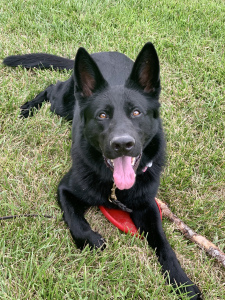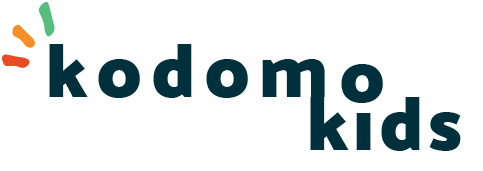Learning Through Doing: The Role of Creative Play in Kinesthetic Education

“Movement frees the dog.” It was a saying my dog-training father always told my mother whenever she’d come home complaining about her kindergarten class’ unruly behavior—or when our German shepherd would get antsy in the back of the van on road trips. Take them outside and let them run. Put on music and have a dance party. Play. It is a word we, as adults, all know the meaning and importance of and yet few feel comfortable actively doing.
My friend “K” is a mother of a creatively spirited five year-old young man, who recently confided in me that she’s forgotten how to play. Pretending to be a superhero or a pirate digging for treasure or “a monster with laser beam eyes and fish hands who likes to be tickled” seems to be both a lesson in the Stanislavsky acting method and in patience. Have you ever found yourself getting *gasp* BORED playing with your kids and then horribly guilting yourself that you’re the absolute worst parent that ever lived?
Relax. Imaginative play is hard for us adults who constantly struggle with social anxiety and a healthy fear of looking or feeling silly. But at what point did we equate silliness with being unprofessional? Google execs with game rooms in their offices and lunchtime table tennis tournaments would like a word with you. When I lived and taught in London, I often heard the word “silly” used as a mild scolding from mums, usually in response to extreme laughter and gaiety. It makes me wonder: When was the last time your abs hurt from laughing too much? Or tears streamed down your face and your drawers became wet? Have we all just settled for a crying, laughing emoji to express our feelings of happiness? :`)
The good news is that you can teach an old dog new tricks. And relatively painlessly, I might add. Dare I say it might even be #fun? Playing, like any other skill, requires practice before it becomes second-nature. We aren’t meant to be perfect. Children don’t expect us to be perfect. Just present. Just play.
So what does all of this have to do with dogs and movement? The simplest lessons are sometimes most poignant. If your dog is antsy or agitated, take them outside and let them run. Throw the frisbee ten times and come back inside. Your dog will be a different dog. Our bodies are meant to move, and they crave to be free. In the simplest terms, movement frees the dog.
“Learning through doing” acknowledges the kinesthetic learner in us all who may have been turned off by the more conventionally accepted modes of education. kodomo kids celebrates the process of art creation over the outcome. Make, do, create magic. The fun is in the journey, not necessarily the destination. Throw the ball and see where it takes you.
